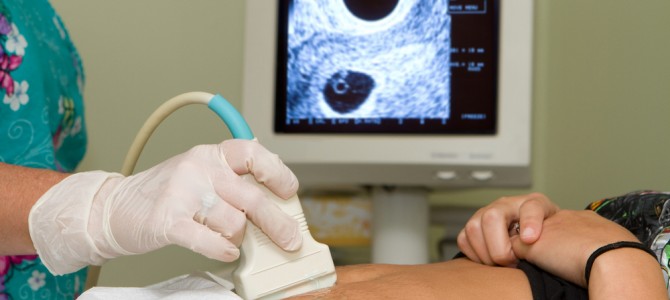Texas is again at the forefront of the continuing national debate over abortion. In January 1973, the Supreme Court struck down Texas’ prohibition on abortion in Roe v. Wade, unleashing an extreme abortion-on-demand agenda that has claimed more than 50 million children and left millions of American women at the mercy of an under-scrutinized, inadequately regulated, and profit-driven abortion industry. However, another Texas abortion law may soon offer the Court a chance at judicial redemption.
Abortion advocates have recently filed two lawsuits against a 2013 Texas law mandating that abortion clinics meet the same basic health and safety standards as facilities performing other outpatient surgeries, requiring that abortion providers maintain hospital admitting privileges, and prohibiting “webcam abortions” and the unapproved use of the dangerous abortion drug RU-486.
The Fifth Circuit in New Orleans has already upheld Texas’ admitting privileges mandate and its regulations on the use of RU-486, noting that these requirements secure “desirable protection of abortion patients’ health.” Abortion advocates must soon decide whether or not to ask the Supreme Court to review this decision.
Unregulated Abortion Facilities: Clearly Not Safe for Women
The Fifth Circuit heard arguments on January 7 for and against requirements that abortion facilities be licensed and regularly inspected by state health officials, maintain safe and sanitary conditions, employ appropriately trained personnel, and comply with accepted standards for surgical care, including the proper management of post-surgical complications. A decision will likely come later this spring and, regardless of the outcome, an appeal to the U.S. Supreme Court is anticipated.
In fact, the Supreme Court itself is already anticipating the opportunity to review the Texas law. In November 2013, when the Court rejected a request to enjoin the admitting privileges requirement while appeals continued, Justice Stephen Breyer wrote, “[T]he underlying legal question—whether the new Texas statute is constitutional—is a difficult question. It is a question, I believe, that at least four Members of this Court will wish to consider irrespective of the Fifth Circuit’s ultimate decision.”
Supreme Court review is granted upon the votes of only four justices. It appears, therefore, that the Court will again review a Texas abortion law. The results of that review are certain to have far-reaching ramifications for the future of abortion in America.
Abortion Facilities Should Obviously Follow Health and Safety Standards
Despite granting women a constitutional right to abortion, the Roe Court did not, despite self-serving abortion industry claims to the contrary, equate that right with the abortion industry’s right to be free from appropriate regulation and oversight. Instead, Roe specifically found that a state legislature’s legitimate interest in regulating abortion to protect maternal health “obviously extends at least to [regulating] the performing physician and his staff, to the facilities involved, to the availability of after-care, and to adequate provision for any complication or emergency that may arise.”
After more than four decades of the abortion industry’s recalcitrant opposition to meaningful oversight, the Supreme Court must unequivocally affirm that it meant what it said in Roe: states may regulate abortion to protect maternal health. It must also rein in lower federal courts that frequently rubberstamp Big Abortion’s profit-maximizing tactics of providing mere access to abortion while refusing to comply with medically justified health and safety standards.
It is important to remember that Philadelphia abortionist Kermit Gosnell provided “mere access” to abortion in a clinic where a woman died because a stretcher could not fit through the hallways, where unsterilized instruments spread infections, and where parts of unborn babies were stored in jars like macabre trophies.
The Supreme Court’s Chance to Fix Its Mistake
That the Supreme Court would be unable to escape the abortion debate is the predictable consequence of the Court’s own actions. As New York Times columnist David Brooks acknowledged in 2005, “When [Justice] Blackmun wrote the Roe decision, it took the abortion issue out of the legislatures and put it into the courts … [he] and his concurring colleagues invented a right to abortion, and imposed a solution more extreme than the policies of just about any other comparable nation … The fact is the entire country is trapped.”
The Supreme Court’s decisions in Roe and subsequent abortion cases have “trapped” women in a cycle of victimization at the hands of America’s abortion industry, impeded legislators and state officials seeking to address these abuses, and coarsened and truncated the much-needed public debate over abortion and its implications for women, their families, and society.
When the Texas law reaches the Supreme Court later this year, will the Court redeem itself by prioritizing the states’ responsibility and authority to act in defense of women’s welfare or will it instead permit the abortion industry to continue trumping the will of the people and escaping meaningful oversight? We will soon find out.









